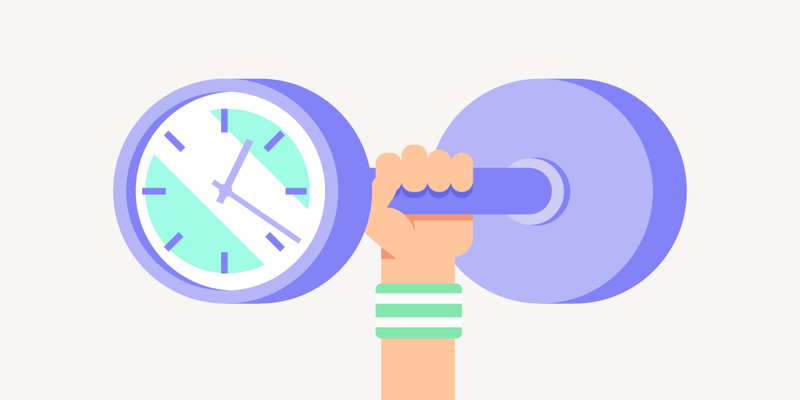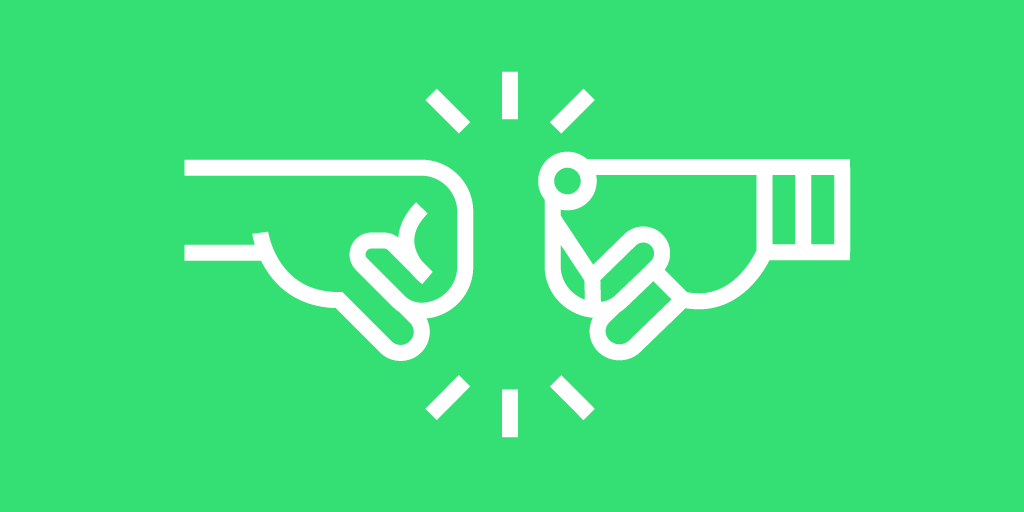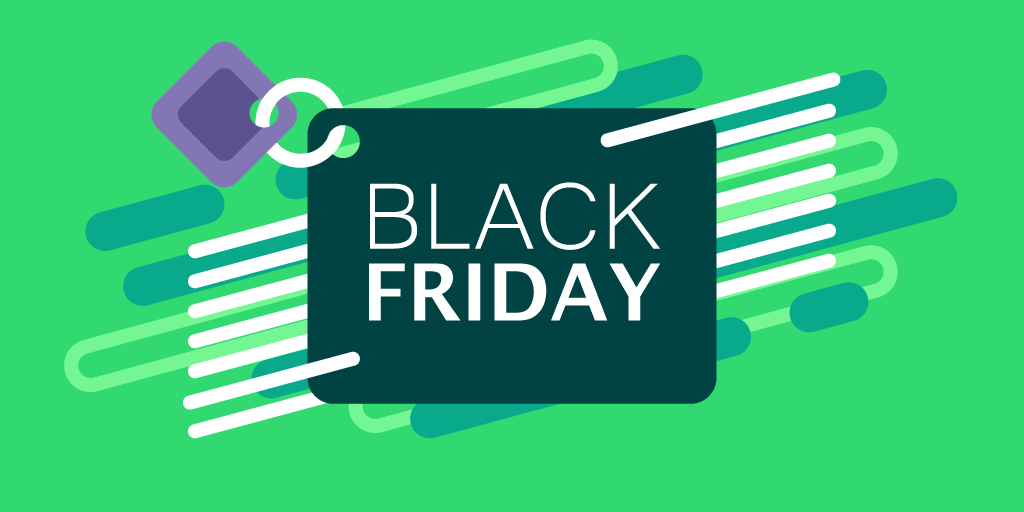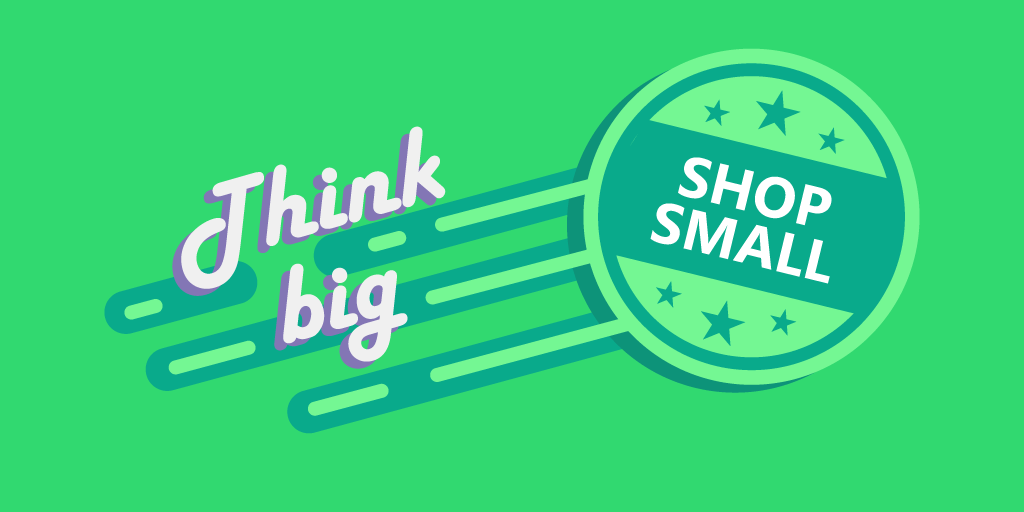Just like the stock market, your visitor’s activity tends to fluctuate. Because you have a certain number of customers in the morning doesn't guarantee that this trend will continue for the entire day.
There are times when you are experiencing more visitors than usual. A part of the day when there is the greatest number of visitors at your store is called peak time.
Peak times can be a good or a bad thing for your store, and it all depends on what you make out of it.
Technology & analytics can be your best allies when dealing with peak periods.
More visitors means more waiting lines which need to be managed; otherwise, your visitors might experience dissatisfaction, frustration and confusion.
Automating certain processes can have a great impact on providing a faster service.
So how to make sure to be ready and use peak times to your advantage — especially with events like Black Friday, Cyber Monday and other important retail events right around the corner?
Don’t worry, we’ll cover all of that — and more. Let’s dive right in!
Queue management during peak times

During peak times, you are experiencing a greater number of visitors than you anticipated. This means that your location has bigger waiting lines than usual.
Not managing these waiting lines will result in disorder and confusion of your visitors, making the waiting process more tiresome and stressful.
Queue management, or wait line management, is a process of organizing and managing waiting lines in an efficient and effective manner, with a goal of faster service and clear visitor guidance during the visitor’s journey.
There are special queue management software that help manage queues and automate certain points of visitor’s journey at your location. This saves time for both your staff and your visitors.
For example, with an automated self sign-in process, visitors can sign up for a waiting line at your location. Providing self-service options helps the staff waste less time and focus on more important tasks.
Furthermore, a queue management system like Qminder also lets your visitors indicate a reason for their visit. This eliminates the need to ask questions before the service can truly begin, thus speeding up the processes even during peak hours.
Let’s say you have a retail store. One of your customers, Christina, arrives at your location and is greeted with a Qminder wait line manager software. Christina registers herself by filling in her name and a reason for visit (in this case, it’s product replacement).
As soon as your staff finishes serving the previous client, they see Christina’s details via the Qminder dashboard. Christina is called to the staff’s table, greeted by her name and asked what is the reason for replacing the product.
Your employee did not have to ask either Christina’s name or her reason for visit. This has greatly accelerated their interaction.
Apart from being a more time-efficient solution for your staff, Qminder also creates a more personal approach for your visitors, making the interactions themselves more memorable.
There are various ways to manage queues such as doing it manually with belt barriers, implementing a take-a-number system or a digital wait line manager.
The first two solutions are vastly outdated, mainly due to:
Lack of personalization and clarity.
No data-driven approach.
Being expensive and wasteful.
Instead, you should consider a more effective and economical alternative, which is a digital queue management software.
Let’s sum up 5 reasons why digital queue management is a good solution for peak times:
Clear visitor guidance — a digital wait line manager takes care of your customers at every touchpoint of their journey, directing and guiding them at your location.
Automating certain processes — visitors will not have to wait for your representative to register them; they will be able to sign in themselves.
Reducing waiting time — thanks to automated processes and clear guidance, your employees will be able to provide a faster service.
Acquiring customer data — one of the benefits of a digital wait line manager is that it collects actionable customer data (reason for visit, average service time, most visited hours, etc.)
Personalizing service according to your customer’s preferences — because of accumulated data, you will be able to serve specific visitors according to their preferences and previous history with your service.
Since we’re on the topic of data, let’s discuss it in more detail and understand how data and analytics can be essential for serving an excess number of visitors.
Visitor analytics during peak times

Analytics is an information based on historical or real-time data that shows the trends, occurrences, events, tendencies, etc., giving you the ability to examine the effects on the business.
For example, in the case of a retail store, we might have analytics of waiting times at our location and how it affects sales.
Analytics is an important asset for everyone, especially location managers, as it provides knowledge and patterns about things that can later be used for making enhancements and improvements to service.
This is why with data and analytics providing a high-quality service and enhanced experience is easier and, therefore, became a vital part of not only businesses but also healthcare facilities and government sectors.
But as there can be analytics about everything, what kind of analytics are the most important for being ready for peak periods?
The importance of footfall analytics

Footfall analytics shows you the number of visitors at your store. This gives managers the opportunity to have a real-time view of hourly, daily, weekly, monthly or even early traffic at their location.
Such information is vital for managers to know. Let’s say the data shows that on Monday there are 30% more visitors at a store compared to other days, and 70% of those visitors walked in just to purchase product A.
After such insights, the location should adjust its staff on Monday accordingly, and make sure that there is a sufficient stock of product A.
This will result in satisfied customers because of the availability of the desired product with enough employees to assist them.
The same goes for service providers like healthcare sector or government facilities. Having data about the amount of traffic at the location and reasons of visit helps managers to optimize and improve the provided service.
Taking advantage of service intelligence

Apart from keeping track of your visitors, it is also important to measure other important metrics.
Collecting, processing and analyzing data acquired from providing a service is called service intelligence.
Service intelligence provides data and analytics beyond simple visitor tracking. Let’s take a look at the necessary data for optimizing the performance at your location.
Service data — foot traffic, customer’s average wait time, time spent during the service, and the number of walk-outs.
Visitor insights — reasons for visit, visitor data (name, email, phone, etc.), and segmentations.
Staff performance — individual employee performance, time allocation, workload distribution.
History logs — a detailed record of each visitor and interaction.
Qminder’s real-time data provides information about the every aspect stated above. Apart from managing queues, Qminder makes it possible to:
Gather the necessary data about visitors: what their name, age, sex and email are.
Manage the workload of the location: measure the waiting times, reorganize waiting list, and distribute work between staff.
Track performance: identify how long it takes to serve the visitors and what the most common issues are.
Lastly, offer personal service: serve customers based on their individual history and touchpoints.
The results are that the staff feels more empowered and confident. Instead of making decisions based on gut feeling, your service clerks can provide a higher quality service based on precise data, assisting your visitors more efficiently.
This is crucial in any service at any time of the day, but especially in peak periods where every second counts.
The secret to better peak-time service, uncovered
The secret to providing good service during peak hours is not additional staff or extra goods, but having the right tools and data.
Instead of adding more staff, first, you should try to automate certain points of visitor’s journey where the visitors can serve themselves (e.g. registering for the waiting line).
Data and analytics will help you make more precise decisions. So, instead of guessing how much extra help you might need, you can take a look at previous and real-time data and make conclusions accordingly.
Want to test it out in real life? You can do it risk-free with Qminder’s 14-day free trial. You will have unlimited access to all features such as queue management, service intelligence data, free SMS feature to talk to your customer, etc.






